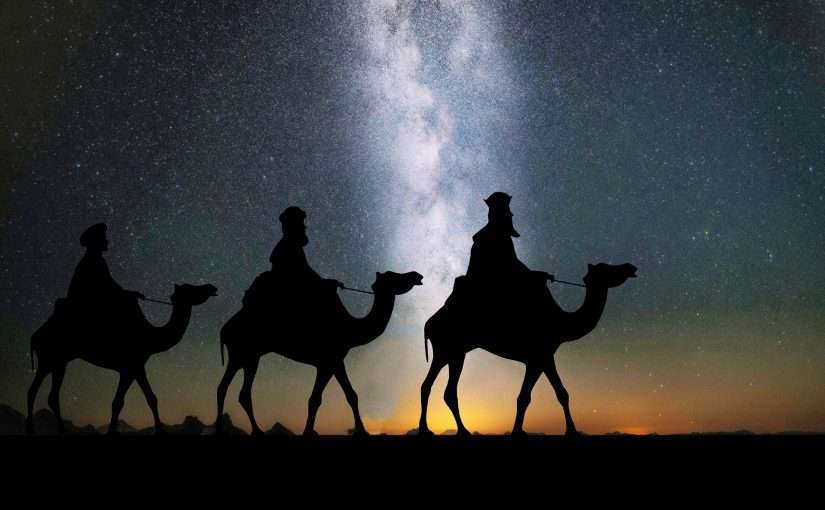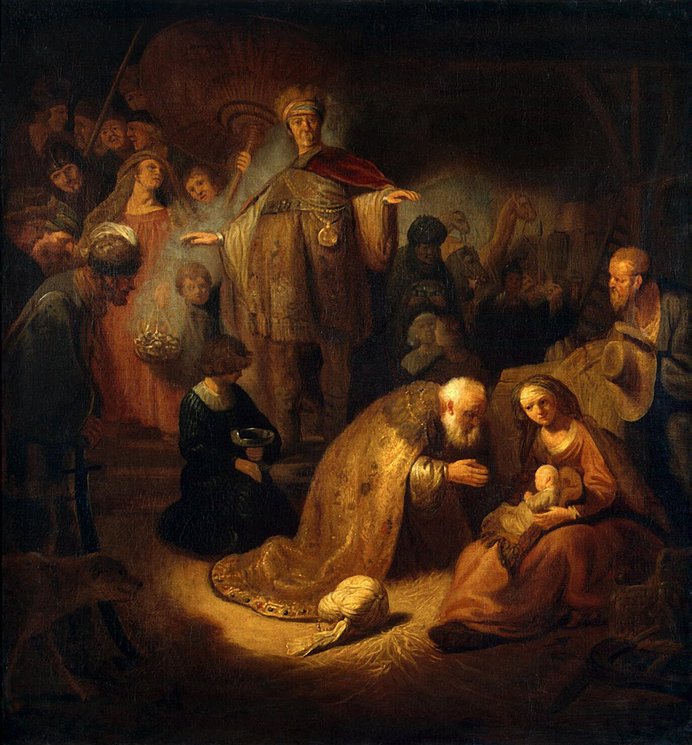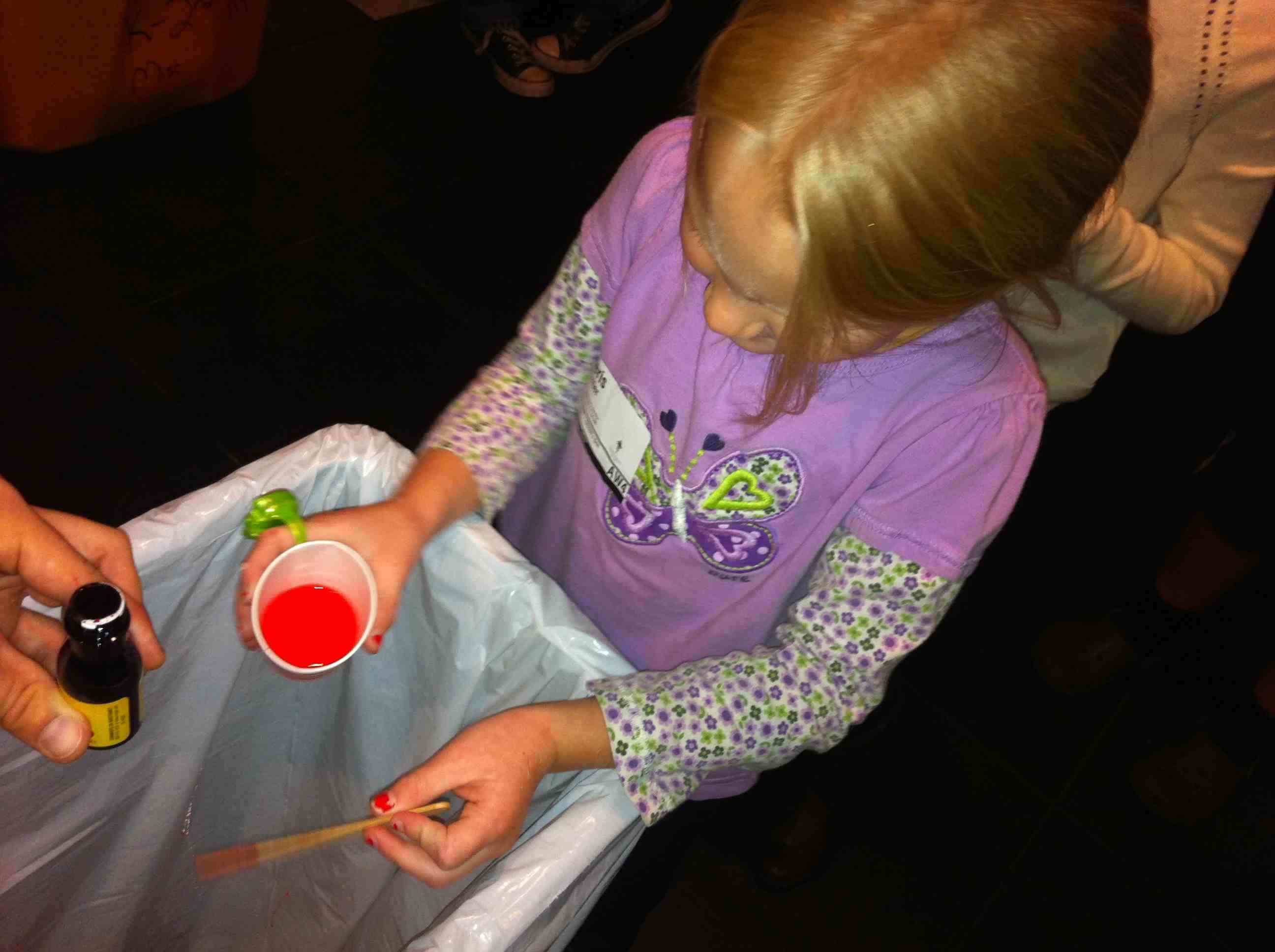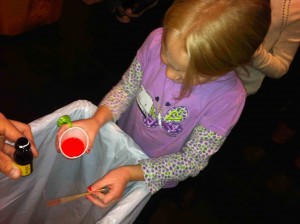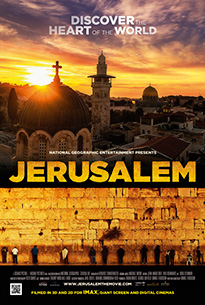 Yesterday, I saw the IMAX film Jerusalem at the Fernbank Museum in Atlanta. Put out by National Geographic Entertainment, it shows both the bloody history as well as the beautiful peoples and cultures who live there today.
Yesterday, I saw the IMAX film Jerusalem at the Fernbank Museum in Atlanta. Put out by National Geographic Entertainment, it shows both the bloody history as well as the beautiful peoples and cultures who live there today.
I spent a semester living in the Old City of Jerusalem when I was in college for a study abroad program. I also got to re-visit Israel with my family last May for a few weeks. So this was a film that I was greatly anticipating ever since I heard it was coming out.
The film is a mere 42 minutes long, but it is fully packed with stunning fly-over shots, three-dimensionally moving panoramas, and everyday-life Old City action that really does make you feel like you’re shopping for fresh pita bread just inside of Damascus Gate. The soundtrack is driven by a recurring orchestral riff akin to tracks found in epic action movies (think Daft Punk’s Tron soundtrack). The only sense it was missing was smell (think a mixture of Old City garbage, ferrel cats, incense, and baklava), but I guess IMAX technology hasn’t reached that level of development yet.
I have to admit, there were a few moments when I wanted to shout out loud “Oh Yeah!” when I saw these beautiful arial views of Jerusalem from various angles. But I kept my thoughts to myself out of respect for the other movie patrons. My eyes raced around the wraparound screen to find the spots where I lived, studied, and visited multiple times. It was a real thrill, and I will come back to see it again (and bring others with me).
It opens with a brief overview of the history of Jerusalem (starting with a nice 19th Century David Roberts painting of the city). The narrator explains why the city has been the centerfold of history, religion, and humanity – brutally fought over more so than any other piece of real estate on the planet. The reasons, of course, include being positioned at the crossroads of the world’s major continents, the elevated bedrock which served as a high holy place for worshippers, and the water coming from the Gihon Spring.
Then we learn about the three major monotheistic religions that call Jerusalem home: Judaism, Christianity, and Islam (in that chronological order). Each is given equal attention and the unique culture of each is shown in a positive light. Three young women, each one raised in their respective faith community in Jerusalem, tell the story of their faith from their perspective. The film then displays how these women’s lives (and also their entire communities) live so close yet connect so little. The movie closes with the three ladies, well, I won’t spoil it for you. You have to go see it yourself!
I love Jerusalem the city. The main reason is because it holds so much meaning in the story of my faith as a Christian. But I also love it for the architecture, archaeology, the various people groups, the cultures, the politics, the inescapable intense global issues, and the gorgeous scenery (might I say heavenly?).


